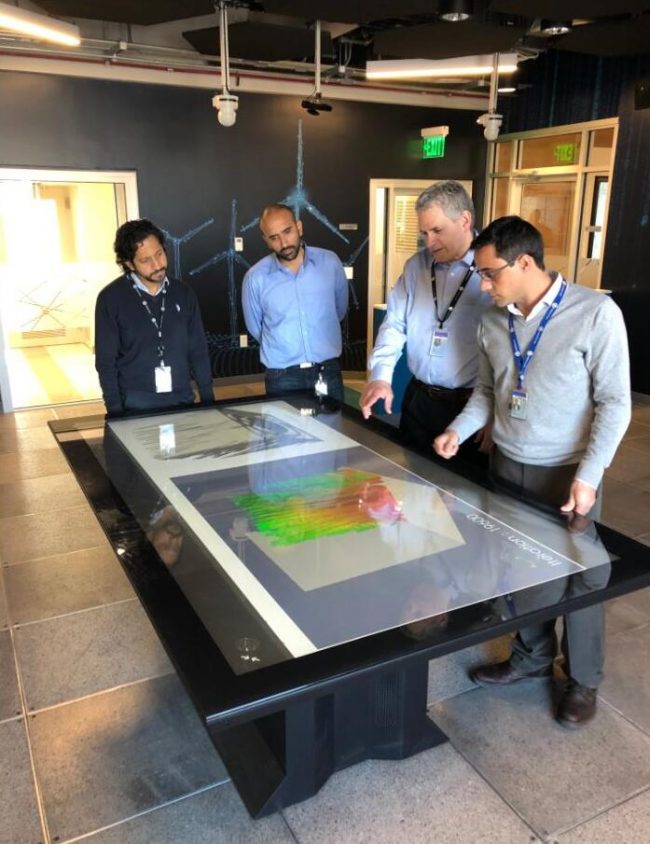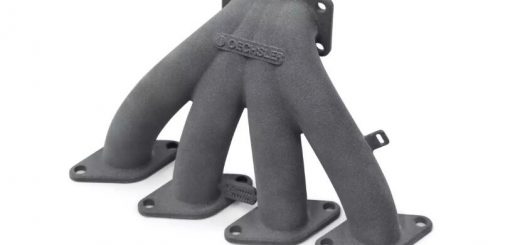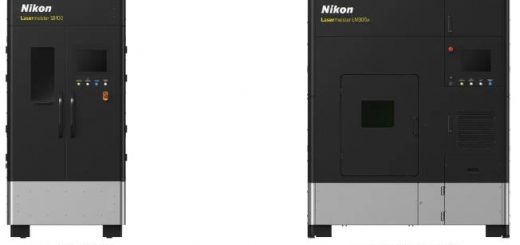GE, Oak Ridge National Laboratory (ORNL) and PARC Partnering to Accelerate 3D- Part Design of Turbomachinery Components
January 22, 2020,GE in partnership with Oak Ridge National Laboratory (ORNL), and PARC, a Xerox company, have been awarded >$1.3 million project through ARPA-E’s DIFFERENTIATE (Design Intelligence Fostering Formidable Energy Reduction (and) Enabling Novel Totally Impactful Advanced Technology Enhancements) program to reduce the timeline for designing and validating 3D-printed components by as much as 65 percent. Achieving such unprecedented speeds would make it faster than some traditional manufacturing processes, paving the way for the much broader proliferation of additive manufacturing, or 3D printing, to revolutionize turbomachinery product design.
Today, the design of new components for complex power products such as jet engines, wind turbines and gas turbines involve dozens of experts in the various structural, thermal and fluid properties that apply to them. When designing a new 3D component, a wide variety of factors must be considered such as how well its material composition responds to heat and stresses, or how its design impacts airflow, or aerodynamic performance. Pulling all this expertise together and going through the process of validating a part can take between 2-5 years.
Researchers from GE, ORNL and PARC believe they can reduce the overall timeline for creating and validating new 3D part designs by more than half, which would make it faster than traditional casting. Brent Brunell, leader of GE Research’s Additive efforts said that, “One of the keys to enabling the widespread use and benefits of 3D printing is the reduction of the time it takes to create and validate defect-free 3D component designs. Using multi-physics enabled tools and AI, we think we can beat the timeline for some traditional manufacturing processes by automating the entire process.”
Brunell explained that the optimization of structural characteristics has already been automated but has not extended to a part’s thermal and fluid properties. On this project, researchers from GE and PARC will seek to incorporate all three, using AI to automatically generate surrogate models from additive producibility data and seamlessly integrate it with multi-physics design optimization techniques.
The team will use the Summit supercomputer at the Oak Ridge Leadership Computing Facility at ORNL to create these AI-based surrogates with unprecedented precision. In addition, ORNL’s High Flux Isotope Reactor will be used to analyze additively manufactured components and generate data necessary for training and evaluating AI-based models.
“This is the type of project that leverages the unique capabilities at ORNL – experimental and computational facilities – as well as expertise in computational science and additive manufacturing,” said John Turner, Computational Engineering Program Director at ORNL.
The program will culminate in the demonstration of a defect-free, high-performance additively manufactured multi-functional design capable of withstanding high temperatures and stresses with improved performance vs. conventional casting.
According to Saigopal Nelaturi, manager of Computation for Automation in Systems Engineering area in the System Sciences Lab at PARC, “The combination of model-based and data-driven AI to accelerate generative design is a key innovation that will dramatically reduce the time to synthesize and fabricate quality parts.
Nelaturi explains that “Surrogate models (built using machine learning) that encapsulate complex couplings between process physics and part quality will help guide the optimization models in feasible regions of very high dimensional design spaces. This combination of AI techniques enables automatic multi-functional part synthesis to meet real-world application demands, for which AM can provide truly novel solutions.”
Source: GE




Recent Comments